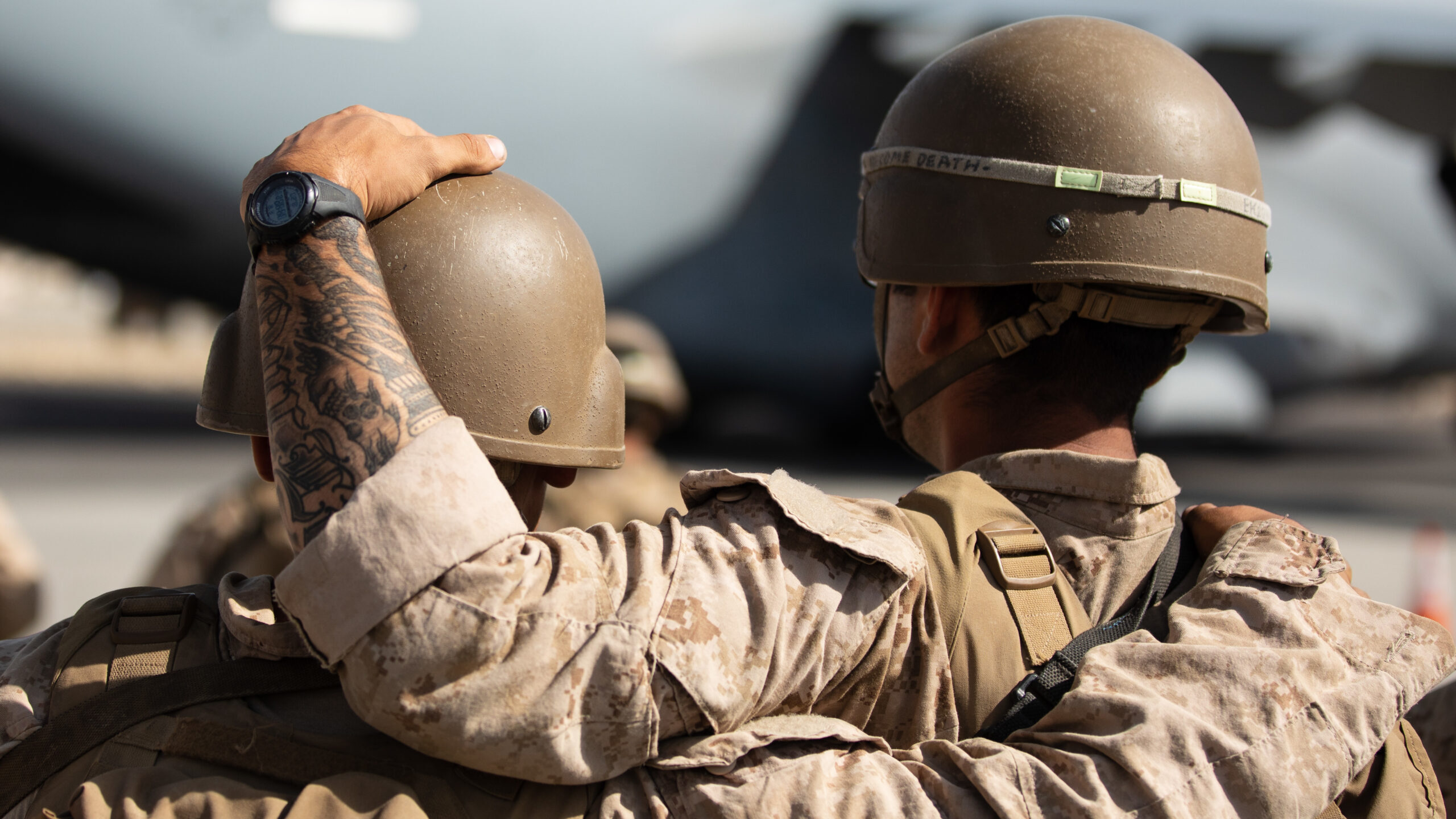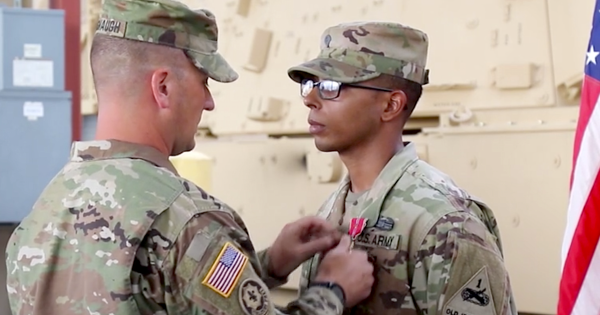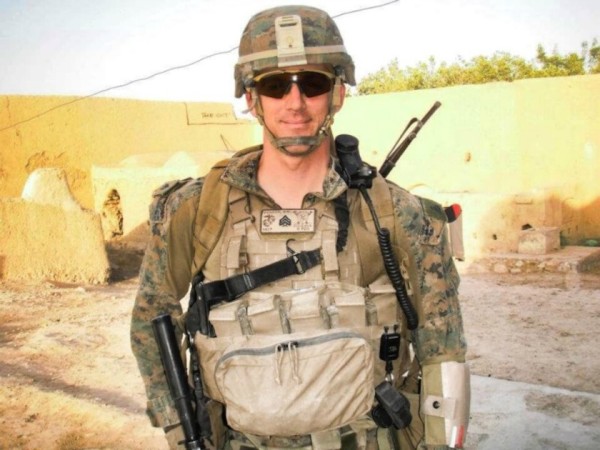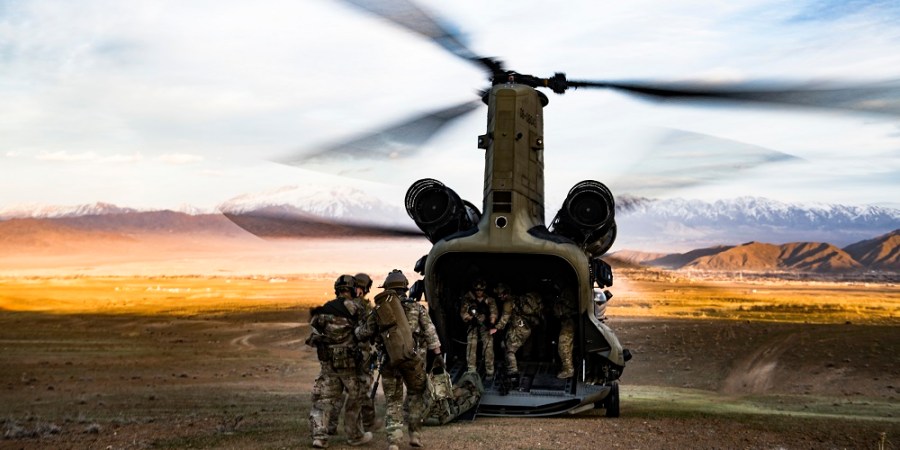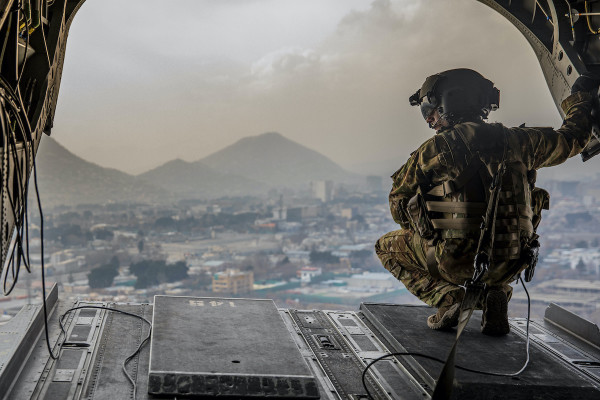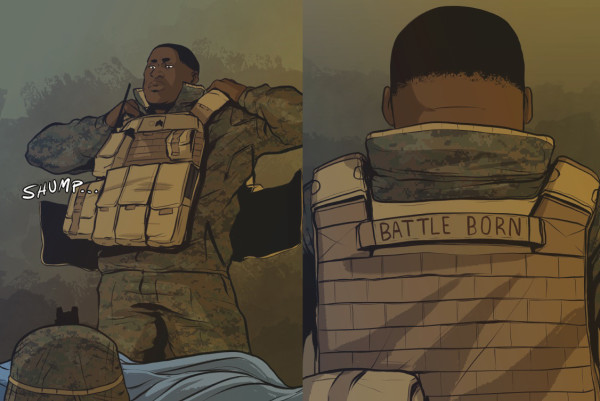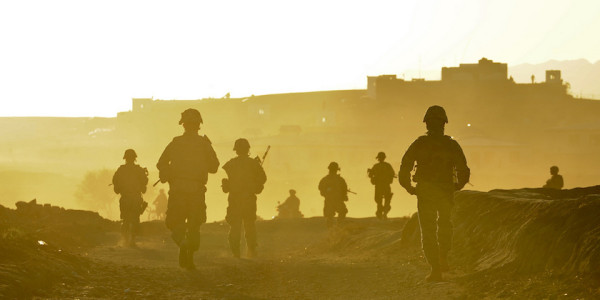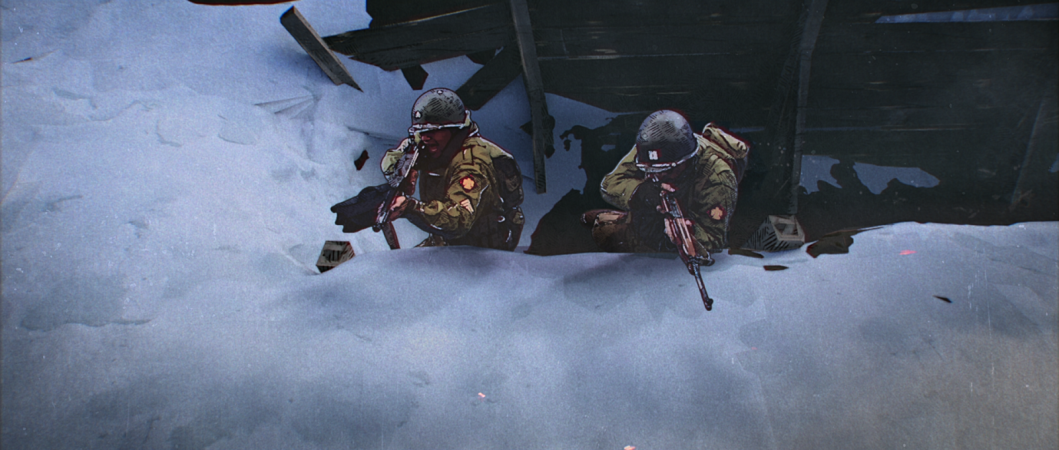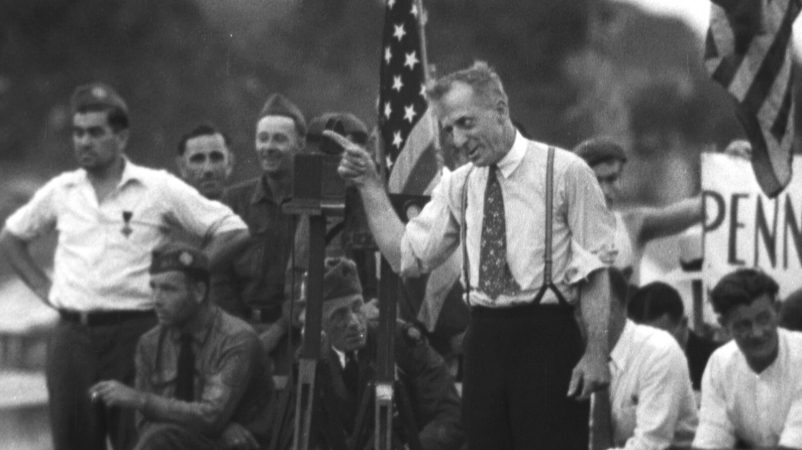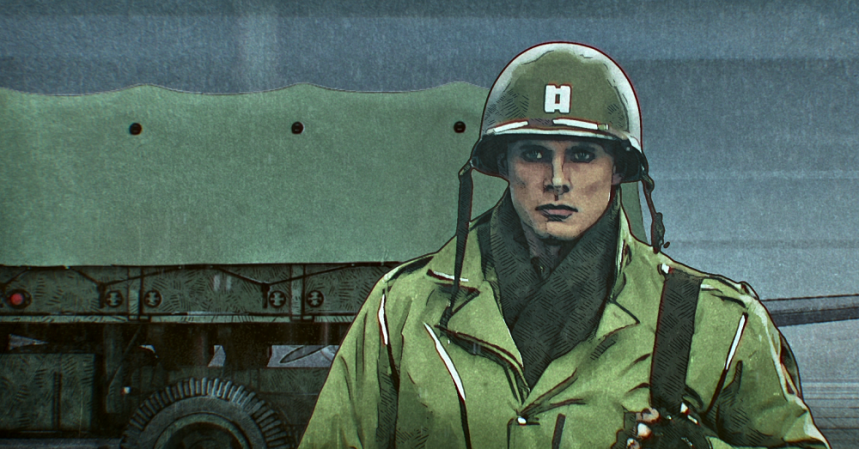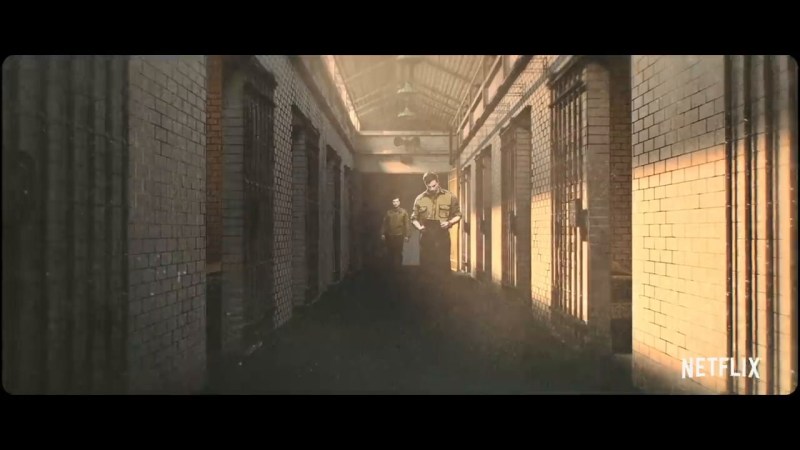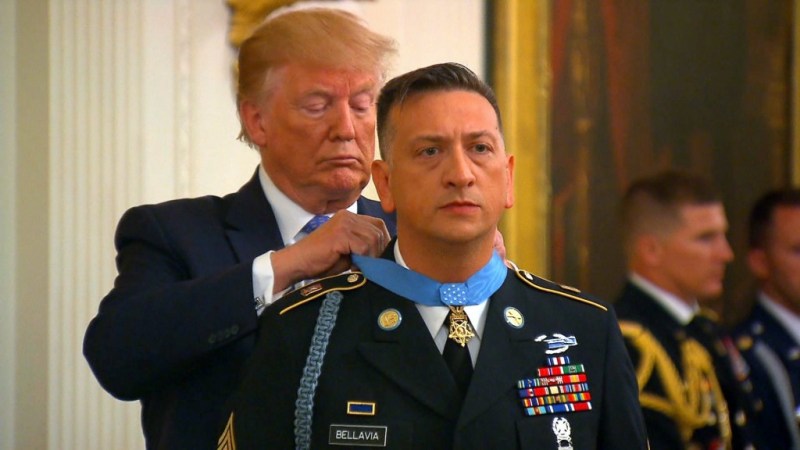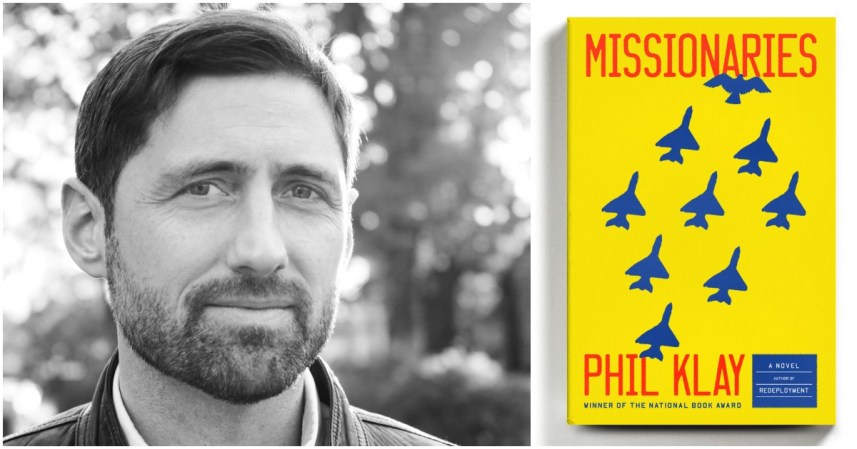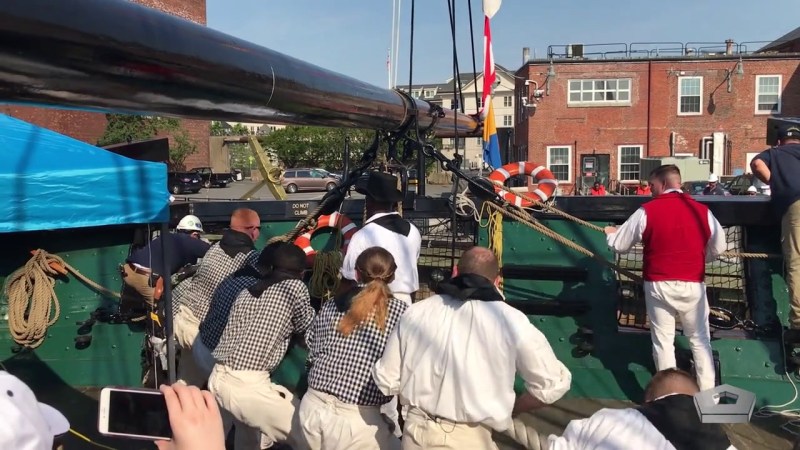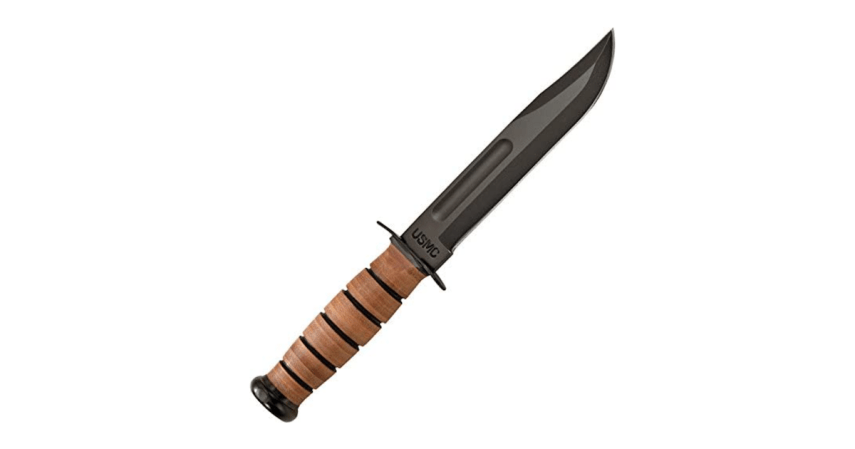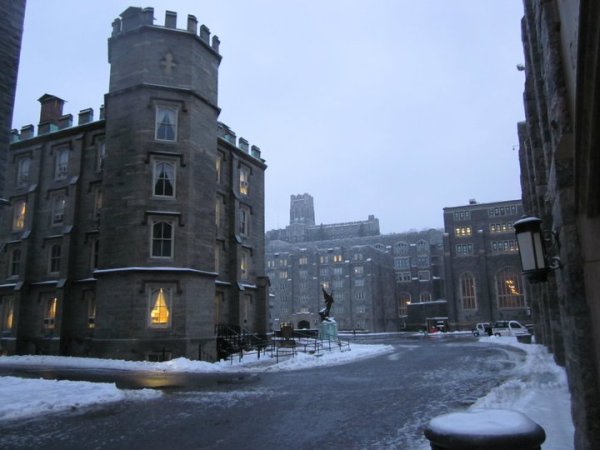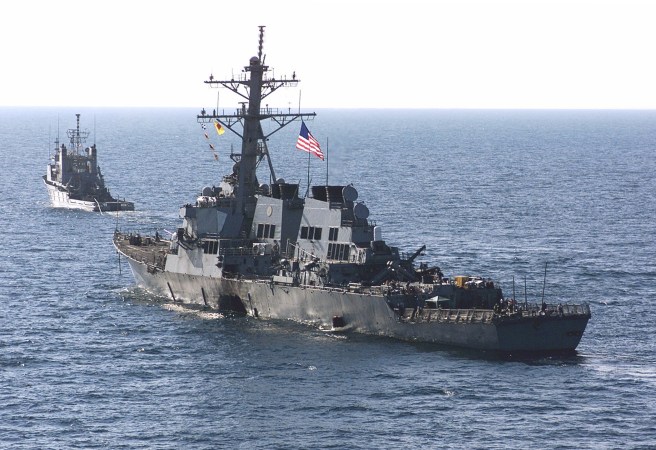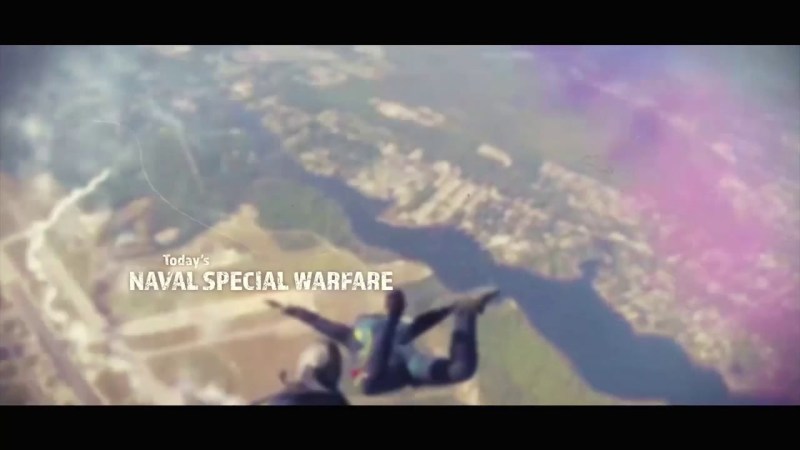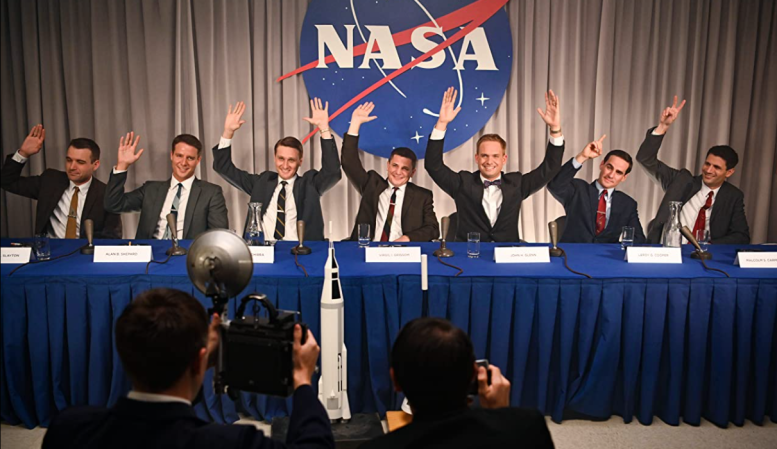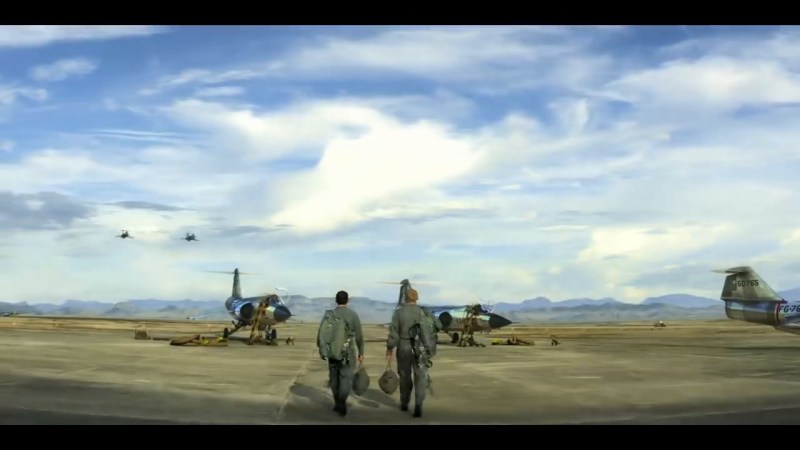It’s been nearly a year since thousands of U.S. troops pulled off a miracle by rescuing more than 120,000 people from Kabul after Afghanistan fell to the Taliban, but the heroism of American service members during the harrowing evacuation is just starting to be recognized.
Most recently, Marine Sgt. Wyatt Wilson received the Bronze Star Medal with a “V” device for valor after saving another Marine’s life when a suicide bomber attacked Hamid Karzai International Airport’s Abbey Gate on Aug. 26, killing 13 American service members and nearly 200 Afghan civilians.
Wilson was sent to Kabul after the Taliban captured the city on Aug. 15, following a lightning 11-day offensive in which all of Afghanistan’s major cities fell and the country’s security forces disintegrated. Efforts to evacuate Afghans who had supported the U.S. government had only recently begun and panicked Afghan men, women, and children stormed Kabul’s Hamid Karzai International Airport in the hope of getting a flight to safety.
Subscribe to Task & Purpose Today. Get the latest in military news, entertainment, and gear in your inbox daily.
The Taliban’s leader, Abdul Ghani Baradar, initially asked Marine Gen. Kenneth McKenzie Jr., who led U.S. Central Command at the time, if U.S. troops also wanted to assume security responsibility for all of Kabul. McKenzie replied that the American military needed to control Hamid Karzai International Airport, not the entire city. As a result, the Taliban took up positions outside the airport, often beating Afghans and Americans who were trying to escape. As the Aug. 31 departure date for all U.S troops from Afghanistan neared, the crowds trying to get into the airport grew more desperate.
On the day of the attack, the Marines at Abbey Gate were “hand to hand fighting the crowd” to keep women and children from being trampled by the throng of people, all while trying to look for possible suicide bombers. But there was simply no way to keep track of suspicious-looking people in the crowd, two Marines later told investigators.

A corporal at the time, Wilson was assigned as the team leader for Golf Company, 2nd Battalion, 1st Marine Regiment, Special Purpose Marine Air Ground Task Force Crisis Response 21.2, according to his award citation, which was posted on Instagram.
Wilson is credited with helping to prevent “the surging masses from overrunning the airport” by calmly screening evacuees from an exposed position while under constant danger of an attack, the citation says.
His position was just 10 meters from where the suicide bomber detonated 20 pounds of military-grade explosives that launched ball bearings into the crowd like a giant Claymore mine. Wilson was blown into the air and sprayed with shrapnel “throughout his body. Immediately following the blast, Wilson turned his attention to others despite his own wounds.
“Upon seeing a critically injured casualty next to him, he disregarded his own grievous wounds, the tear gas engulfing him, and reports of gunfire and began dragging this Marine to safety,” the award citation says. “Unable to continue forward due to a significant loss of blood, he passed the casualty to an uninjured Marine, and refused medical treatment for his own life-threatening wounds.”
“His selfless and decisive actions undoubtedly saved the life of another Marine, at great risk to his own,” the citation continues. “Corporal Wilson’s bold actions, courage under fire, and total dedication to duty reflected great credit upon him and were in keeping with the highest traditions of the Marine Corps and the United States Naval Service.”

An investigation into the Aug. 26 attack later revealed that U.S. military commanders knew that Abbey Gate was indefensible before the suicide bomber struck. Marine Brig. Gen. Farrell Sullivan, who led the military’s task force at the airport, had wanted to close Abbey Gate on Aug. 25, but Army Maj. Gen. Christopher Donahue, commander of the 82nd Airborne Division, agreed to keep the gate open until Aug. 27 so the British military could continue evacuating people.
Yet it was clear that the Marines and other U.S. troops at Abbey Gate were extremely exposed amid a worsening security environment when Donahue and 82nd Airborne Division Command Sgt. Maj. David R. Pitt visited the site on Aug. 25, Pitt later told investigators.
“If you had been there, you would have seen that an attack was coming,” Pitt said. “It wasn’t imminent, but it was a high probability.”
So far, the military branches have publicly announced only a few awards for the U.S. troops who carried out the largest non-combatant evacuation efforts in history, such as Air Force Capt. Adam Solomon, who received the Bronze Star; and Senior Airmen Dakota C. Bartz and Andrew J. Kimrey who received the Air Force Commendation Medal with Combat Device. All were recognized for helping to make sure evacuation flights ran smoothly.

Four members of a C-17 aircrew were also awarded the Distinguished Flying Cross for their roles in the evacuation: Air Force Lt. Col. Dominic Calderon, 1st Lt. Kyle Anderson, Master Sgt. Silva Foster, and Senior Airman Michael Geller. But for reasons that have not been made public, the C-17’s flying crew chief Staff Sgt. Dennis Gonzales-Furman did not receive the Distinguished Flying Cross even though Calderon said that Gonzales-Furman “went so far above and beyond” on the mission that saved 153 people, according to the Vacaville Reporter. “If I had a game ball that night, I would have given it to him,” Calderon added.
It is not clear why the military has been reticent for so long to recognize individual troops for their heroism during the Afghanistan evacuation, but things may be changing. In June six members of another Air Force C-17 crew were recognized for heroism during the evacuation. The crew was advised to “land at your own risk” as it arrived at Kabul the day after the Taliban captured the city. The airmen did not know if the Taliban would fire on them, and the aircraft was struck by small arms fire while landing. On the ground, they were met by heavily armed Taliban fighters in 12 vehicles, but they were still able to offload their cargo in just 40 minutes, allowing special operators to begin looking for Americans who needed to be evacuated.
Capt. Matthew McChesney, the aircraft commander, received the Distinguished Flying Cross with “V” for valor Lt. Col. Andrew Townsend, Capt. Jonathan Guagenti, Tech. Sgt. Joseph Caponi IV, Staff Sgt. Evan Imbriglio, and Staff Sgt. Corey Berke were awarded Air Medals with a “V” device for valor. The seventh member of the crew, Tech. Sgt. Byron Catu received the Meritorious Service Medal in May.
Though the chaotic withdrawal from Afghanistan marked the end of that war, until all the U.S. troops who risked their lives to save as many people as possible are recognized for their heroism, the story of America’s longest war will remain incomplete.
CORRECTION: An earlier version of this story had the wrong first name for Maj. Gen. Christopher Donahue.
The latest on Task & Purpose
- The few, the proud, the drunk: Meet America’s revolutionary yet ‘ungentlemanlike’ troops of 1776
- A rocket mysteriously crashed on the Moon. The military has no idea who sent it
- Fake Navy SEAL ordered to stop being a fake Navy SEAL
- Why the Army refuses to call its new light tank a ‘light tank’
- The Air Force now has a golden F-16
Want to write for Task & Purpose? Click here. Or check out the latest stories on our homepage.

